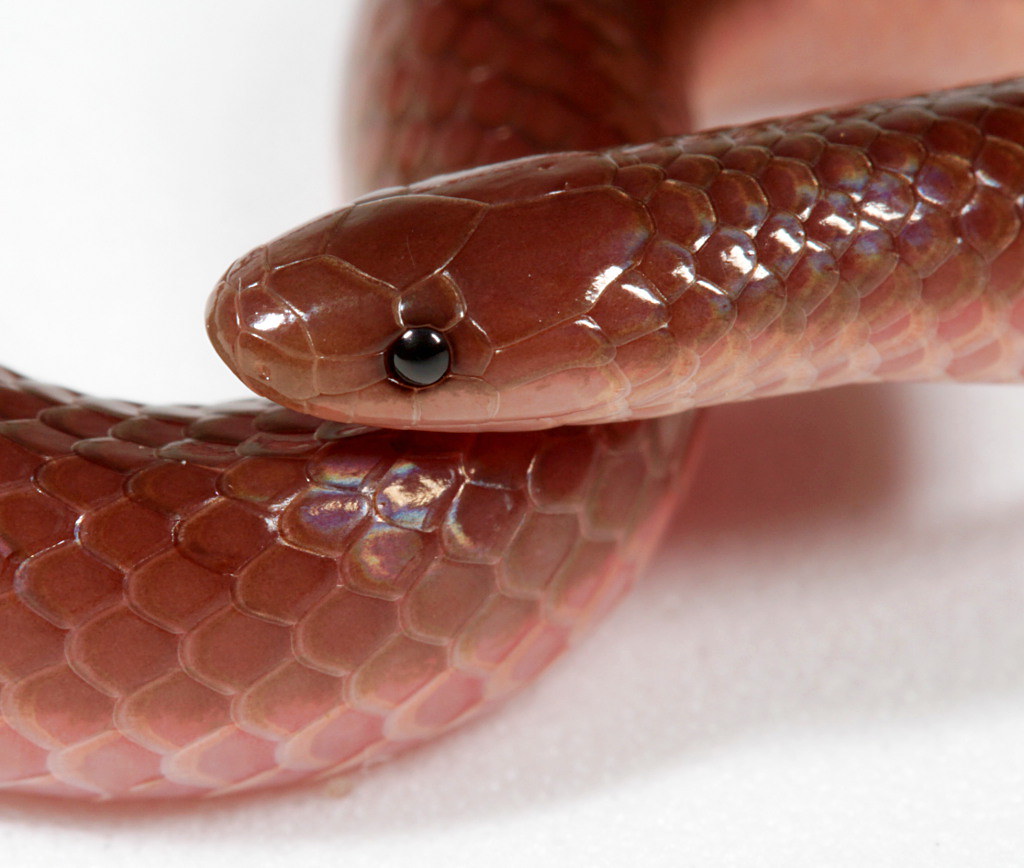The world of snake reproduction is a fascinating realm of biological diversity that showcases nature’s remarkable adaptability. From pythons that devotedly coil around their eggs for months to rattlesnakes that give birth to live young ready to hunt, snake reproduction exhibits some of the animal kingdom’s most varied reproductive strategies. These reproduction cycles don’t just differ in their basic mechanisms—they vary in seasonality, frequency, clutch size, parental care, and numerous other factors that have evolved in response to specific environmental challenges. Understanding these variations provides valuable insights into evolutionary biology, ecological adaptation, and the remarkable survival strategies that have allowed snakes to thrive across almost every habitat on Earth. Let’s explore why snake reproduction cycles display such extraordinary diversity across the more than 3,900 species that slither across our planet.
The Fundamental Split: Oviparity vs. Viviparity

At the most basic level, snake reproduction diverges into two primary strategies: oviparity (egg-laying) and viviparity (live birth). Approximately 70% of snake species are oviparous, producing eggs with leathery shells that develop externally. This strategy typically requires less maternal energy investment and allows females to deposit eggs in environmentally suitable locations before moving on. In contrast, viviparous snakes retain eggs inside their bodies until development is complete, giving birth to fully-formed offspring. Some species employ ovoviviparity, a middle ground where eggs develop inside the mother but without a placental connection. This fundamental reproductive division has evolved multiple times independently across snake lineages, suggesting that environmental pressures have repeatedly favored shifts between these strategies in response to specific ecological challenges.
Climate’s Powerful Influence on Reproductive Timing

Climate serves as perhaps the most significant factor determining when and how often snakes reproduce. Species in tropical regions with stable, warm temperatures often breed year-round or multiple times annually, taking advantage of consistent food availability and favorable conditions. The reticulated python of Southeast Asia, for instance, can potentially reproduce at any time of year when conditions are suitable. In stark contrast, snakes in temperate and cold regions face compressed breeding windows, with many species mating in spring immediately after emerging from brumation (reptilian hibernation). The common European adder (Vipera berus) exhibits this pattern dramatically, emerging from winter dens to mate almost immediately, ensuring that young are born during the brief warm season. These climate-driven patterns demonstrate how reproductive timing has evolved to maximize offspring survival in widely differing environments.
Geographical Adaptations in Reproductive Strategies

Fascinating geographical patterns emerge when examining snake reproduction across different latitudes and elevations. Viviparity (live birth) is significantly more common in species inhabiting colder, high-latitude or high-altitude environments. This pattern, known as “Tinkle’s Rule,” reveals how maternal thermoregulation provides a crucial advantage in cold climates where external egg development would be challenging or impossible. For example, the European adder ranges farther north than any other snake precisely because its viviparity allows females to bask in the sun to warm developing embryos. Conversely, egg-laying remains predominant in tropical and subtropical regions where stable warm temperatures facilitate external egg development. Some widespread species even show variation within their range—certain garter snake populations are viviparous in northern areas but oviparous in southern regions, demonstrating the remarkable plasticity of reproductive strategies in response to geographical conditions.
Evolutionary History and Phylogenetic Constraints
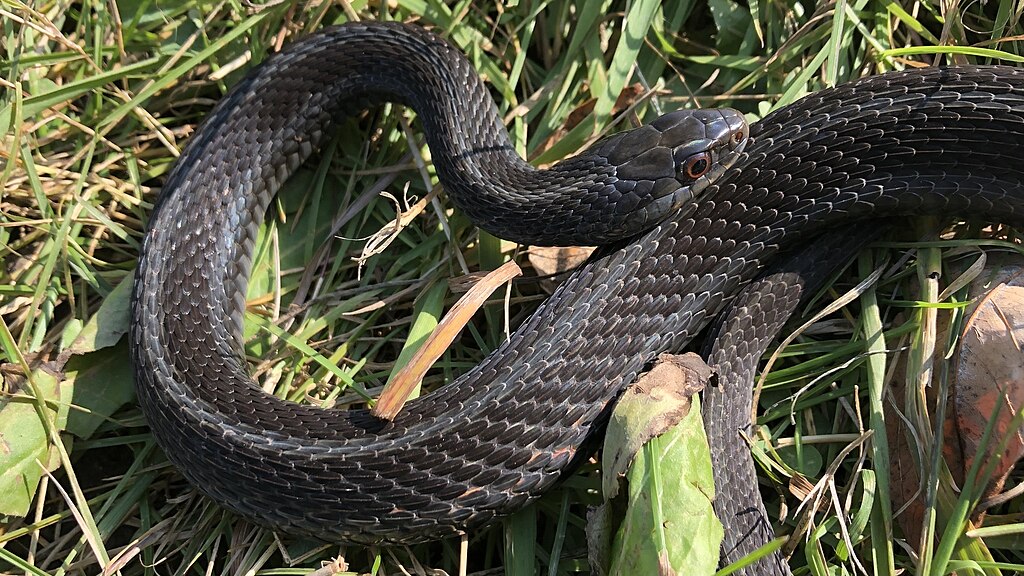
A snake’s evolutionary history places significant constraints on its reproductive options, explaining many of the patterns we observe across families. The most ancient snake lineages, including pythons and boas, predominantly exhibit oviparity with maternal egg-brooding behaviors, suggesting this was likely the ancestral condition for all snakes. More recently evolved families like vipers and many colubrids have developed viviparity independently multiple times. This phylogenetic pattern isn’t random—certain lineages appear to possess genetic architectures that more readily facilitate evolutionary shifts in reproductive mode. The transition from egg-laying to live birth has occurred at least 115 times in reptiles, with numerous instances in snakes specifically. These transitions almost always move from oviparity to viviparity rather than the reverse, indicating that once viviparity evolves, reverting to egg-laying is evolutionarily difficult or disadvantageous under most circumstances.
Reproductive Frequency and Resource Availability
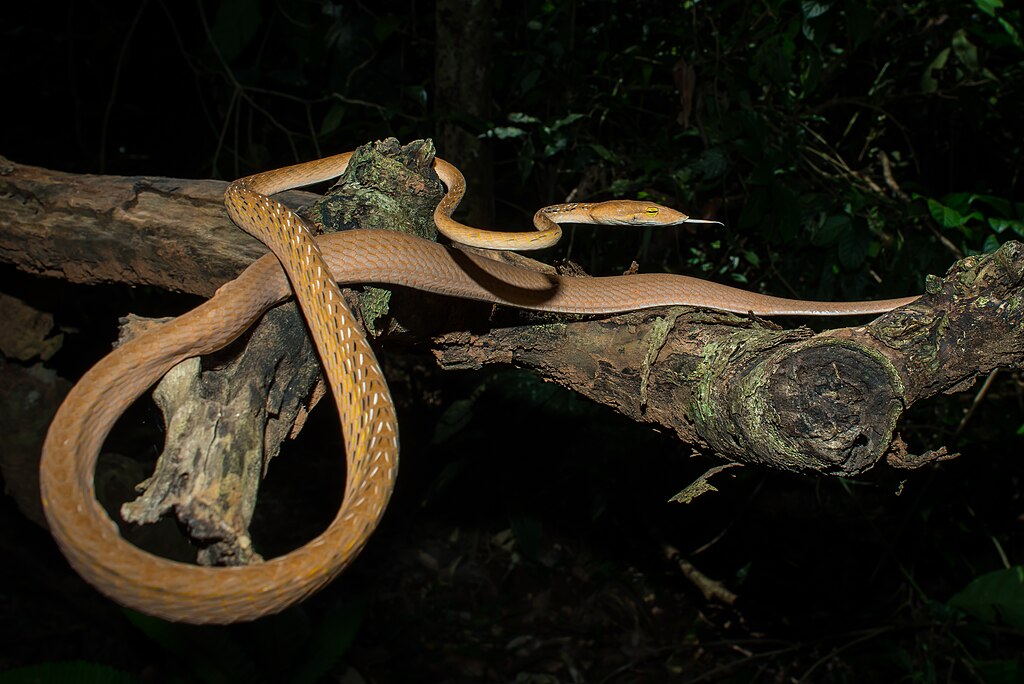
Resource availability dramatically shapes how often snakes reproduce, creating vastly different reproductive cycles across species. Small-bodied snakes with access to abundant prey, like many garter snakes, may reproduce annually or even multiple times per year. Their relatively modest energy requirements for reproduction can be met regularly when food is plentiful. Conversely, large constrictors like anacondas or pythons might reproduce only every 2-3 years due to the enormous energy investment required to produce their massive clutches. The green anaconda (Eunectes murinus) offers an extreme example—females may take up to 4-5 years between reproductive events, investing extraordinary resources into a single massive litter that can exceed 40 offspring. This variation in reproductive frequency reflects fundamental trade-offs between current reproduction and future survival or reproduction, with species evolving strategies that optimize lifetime reproductive success in their specific ecological niche.
Body Size and Its Impact on Reproductive Output
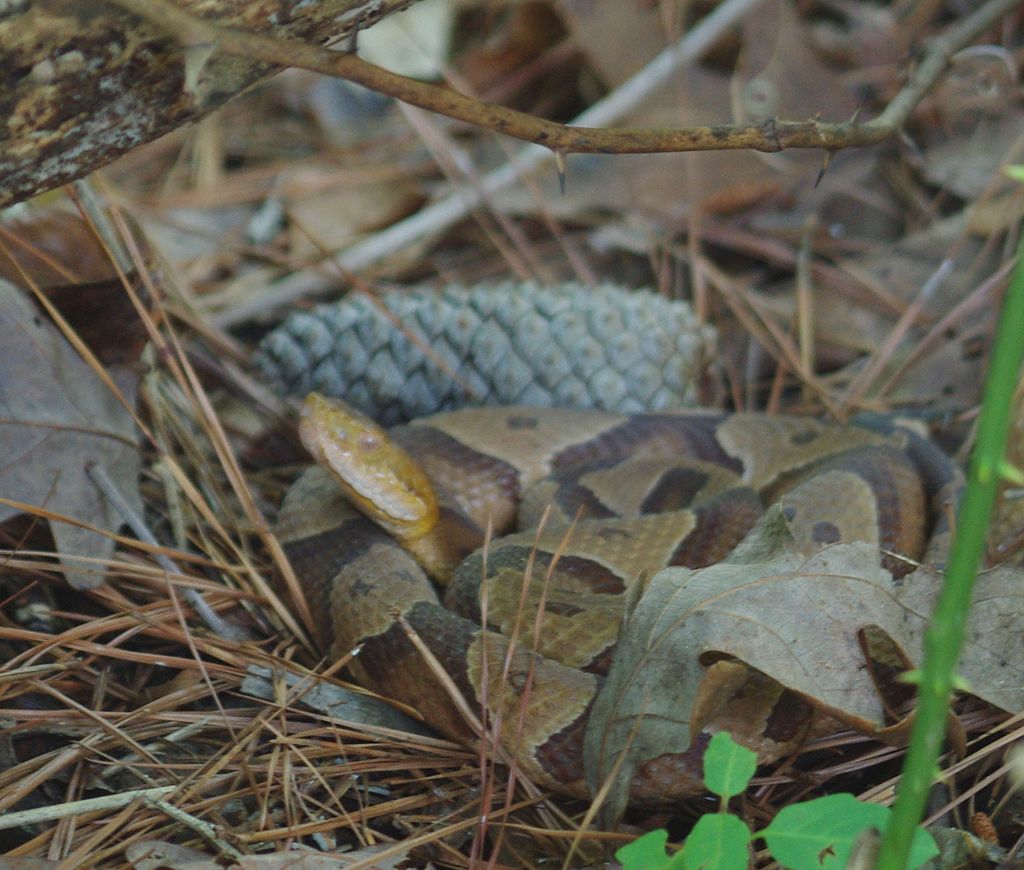
A snake’s body size fundamentally constrains its reproductive capacity, creating distinct patterns across the size spectrum. Larger species typically produce more offspring per reproductive event than smaller species—a pattern clearly demonstrated when comparing the tiny Barbados threadsnake (Tetracheilostoma carlae), which lays a single enormous egg, to the reticulated python (Malayopython reticulatus), which can lay over 100 eggs in a clutch. However, this relationship isn’t strictly linear. Larger species typically reproduce less frequently, balancing their higher per-event output with longer intervals between reproductive cycles. Body size also affects offspring size relative to adult size—smaller snake species generally produce proportionally larger young, often investing 30-40% of their body mass into reproduction, while larger species might commit a smaller percentage to any single reproductive event. These patterns reflect fundamental physical constraints on how much energy can be allocated to reproduction while maintaining maternal survival.
Parental Investment: From Abandonment to Dedicated Care
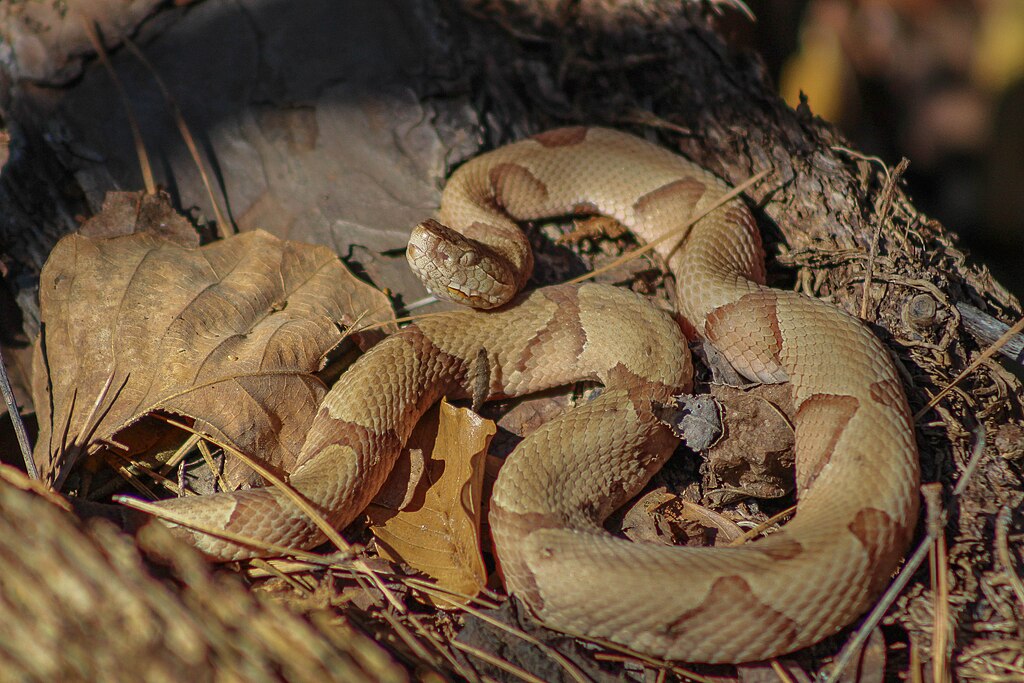
Parental care exhibits surprising diversity across snake species, challenging the common misconception that all snakes abandon their eggs immediately after laying. Many pythons demonstrate remarkable maternal dedication, coiling around their eggs for weeks or months, using muscular contractions to generate heat and maintain optimal incubation temperatures. The African rock python (Python sebae) may raise its body temperature up to 7°C above ambient conditions through these contractions. At the other extreme, many colubrid snakes deposit eggs in suitable locations and provide no further care. Viviparous species show similar variation—some rattlesnakes exhibit short-term maternal protection of newborns, while others offer none. The king cobra (Ophiophagus hannah) represents an exceptional case among egg-layers, constructing elaborate nests from vegetation and guarding them fiercely until hatching. These variations in parental investment represent different evolutionary solutions to the challenge of maximizing offspring survival while balancing energetic costs to the parent.
Mating Systems and Reproductive Behavior Diversity
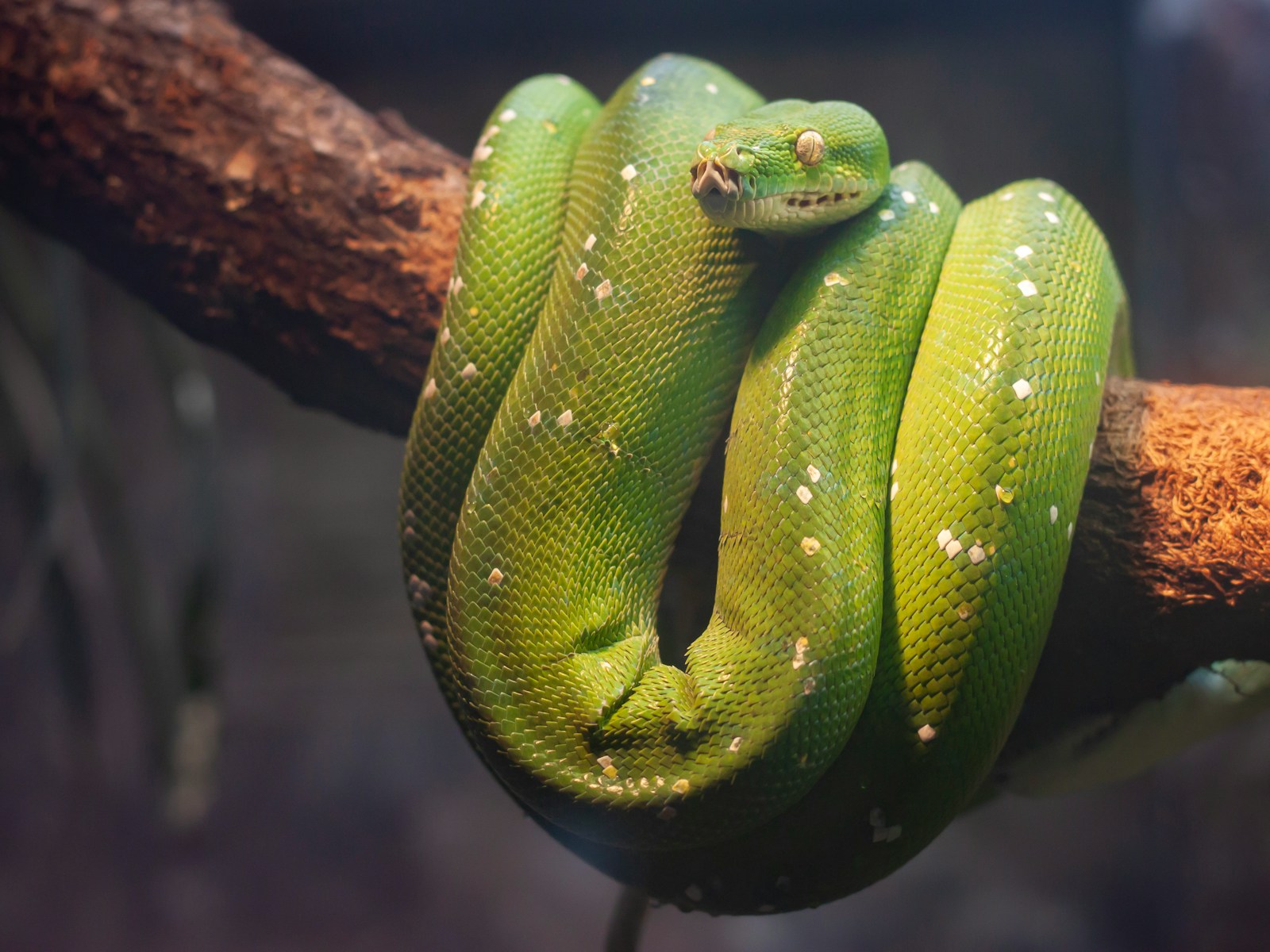
The mating systems and courtship behaviors of snakes display remarkable diversity that directly impacts their reproductive cycles. Some species engage in elaborate male combat rituals, with males wrestling to establish dominance and mating rights. The male adders (Vipera berus) engage in “dance combat,” intertwining their bodies while attempting to pin down their opponent in contests that can last hours. Other species utilize sperm storage, where females can store viable sperm for months or even years after mating. This adaptation allows certain species like the Eastern diamondback rattlesnake (Crotalus adamanteus) to delay fertilization until conditions are optimal. Some species exhibit promiscuity, with females mating with multiple males, while others show more selective patterns. Perhaps most fascinating are the parthenogenetic capabilities documented in some species like Brahminy blind snakes and certain python species, allowing females to reproduce without male fertilization—a remarkable adaptation that creates unique reproductive cycles entirely independent of mating.
Seasonal Hormonal Triggers and Reproductive Timing
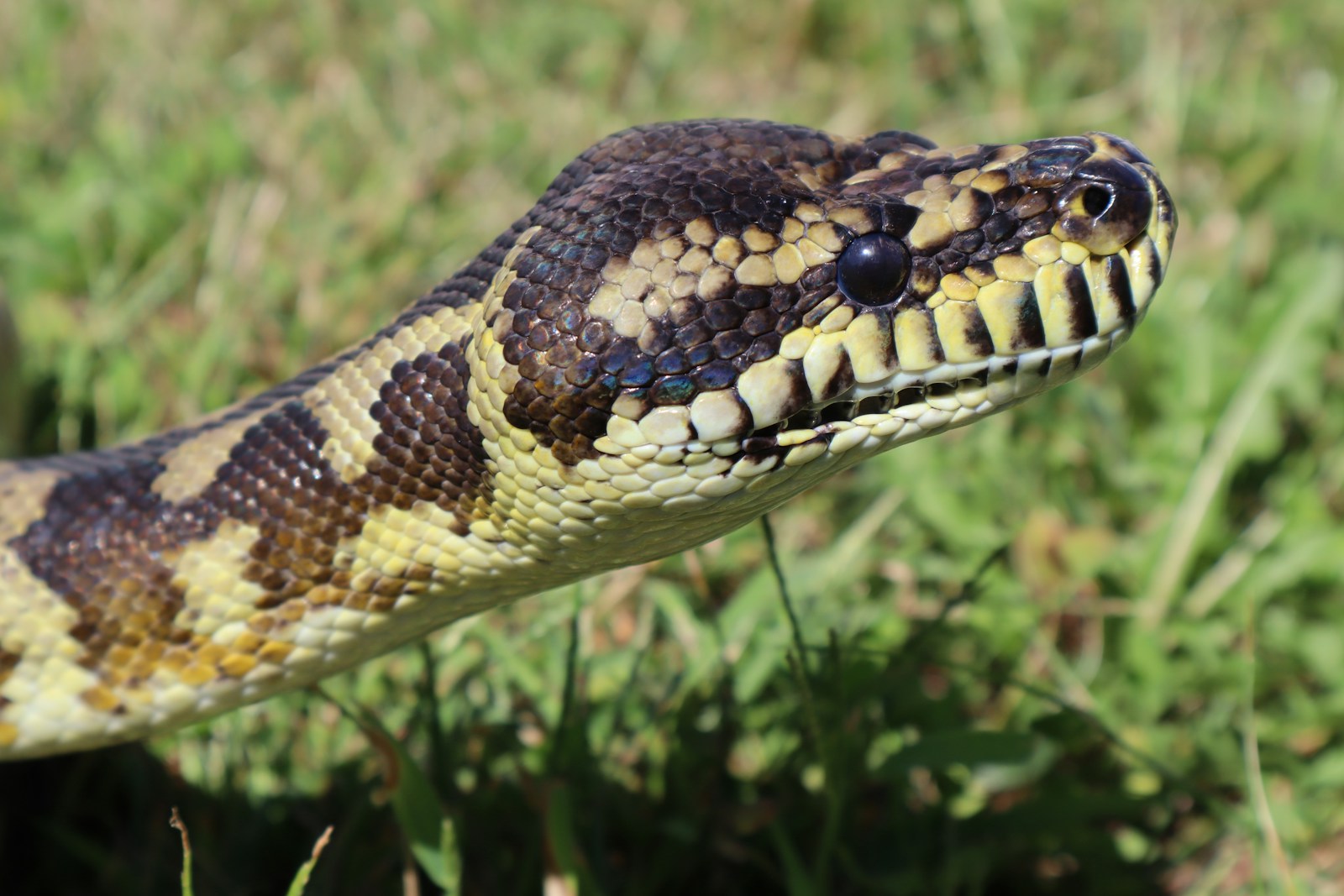
The intricate hormonal systems governing snake reproduction create precise timing mechanisms that vary dramatically between species. In temperate species, increasing day length in spring triggers a cascade of hormonal changes that activate reproductive systems dormant during winter brumation. The surge in testosterone in males and estrogen in females coordinates reproductive readiness across a population. Tropical species often respond to different cues, such as rainfall patterns that signal increased prey availability, creating reproductive peaks during wet seasons in many regions. The Burmese python (Python bivittatus) shows a fascinating hormonal pattern where females undergo dramatic physiological changes during reproduction, including organ growth and increased metabolic rates to support egg development. Species-specific variations in hormonal sensitivity to environmental cues explain why sympatric snake species often reproduce at different times, reducing competition for resources and creating the diverse mosaic of reproductive cycles observed in snake communities.
Trade-offs Between Offspring Quantity and Quality
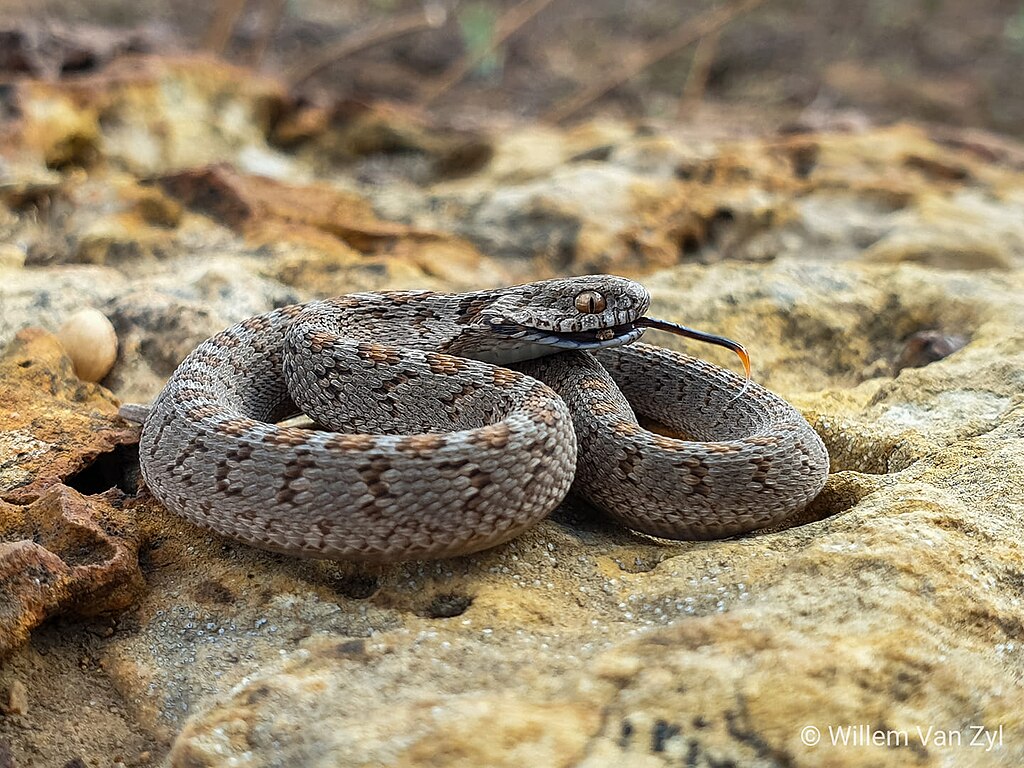
Snake species have evolved diverse solutions to the fundamental evolutionary trade-off between producing many small offspring versus fewer, larger ones. Species facing high juvenile mortality often produce numerous small offspring, maximizing the chances that some will survive despite limited parental investment in each. The African house snake (Boaedon fuliginosus) exemplifies this strategy, laying up to 30 relatively small eggs. Conversely, species in environments where larger initial size confers significant survival advantages may produce fewer, larger offspring. The green anaconda demonstrates this approach, giving birth to fewer but more developed young that are better equipped to survive immediately after birth. This trade-off is particularly evident in closely related species occupying different niches—tree-dwelling species often produce fewer, larger offspring than their ground-dwelling relatives, as arboreal environments may favor higher individual quality over quantity. These diverse approaches reflect different evolutionary responses to survival challenges facing newborn snakes across habitats.
Temperature-Dependent Sex Determination
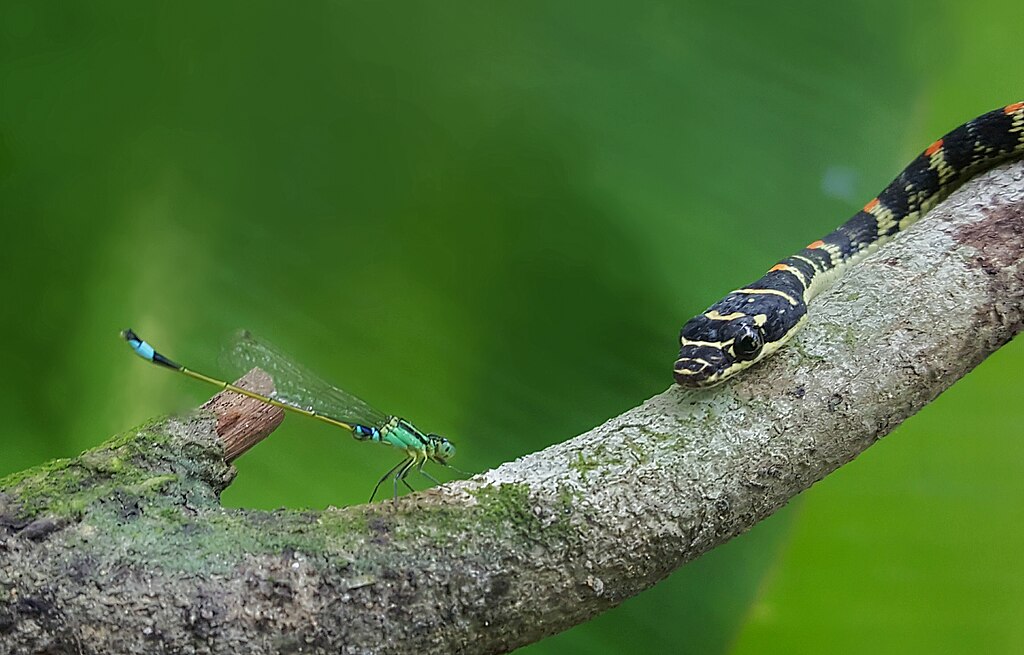
Unlike mammals, many reptiles—including numerous snake species—exhibit temperature-dependent sex determination (TSD), where incubation temperature determines offspring sex rather than chromosomes. This mechanism creates extraordinary variation in sex ratios across clutches, populations, and species. In species with TSD, specific temperature ranges during critical developmental periods produce either predominantly male or female offspring. The children’s python (Antaresia childreni) demonstrates this phenomenon clearly, with eggs incubated at lower temperatures producing mostly females and higher temperatures yielding mostly males. This reproductive feature adds another layer of complexity to snake reproduction cycles, as climate conditions can dramatically affect population sex ratios. In some species, females appear to select nest sites with specific thermal properties, potentially exercising some control over offspring sex ratios. Climate change poses a particular threat to species with TSD, as shifting temperatures could skew sex ratios beyond sustainable levels, creating yet another selective pressure on reproductive strategies.
Human Impacts on Snake Reproductive Cycles
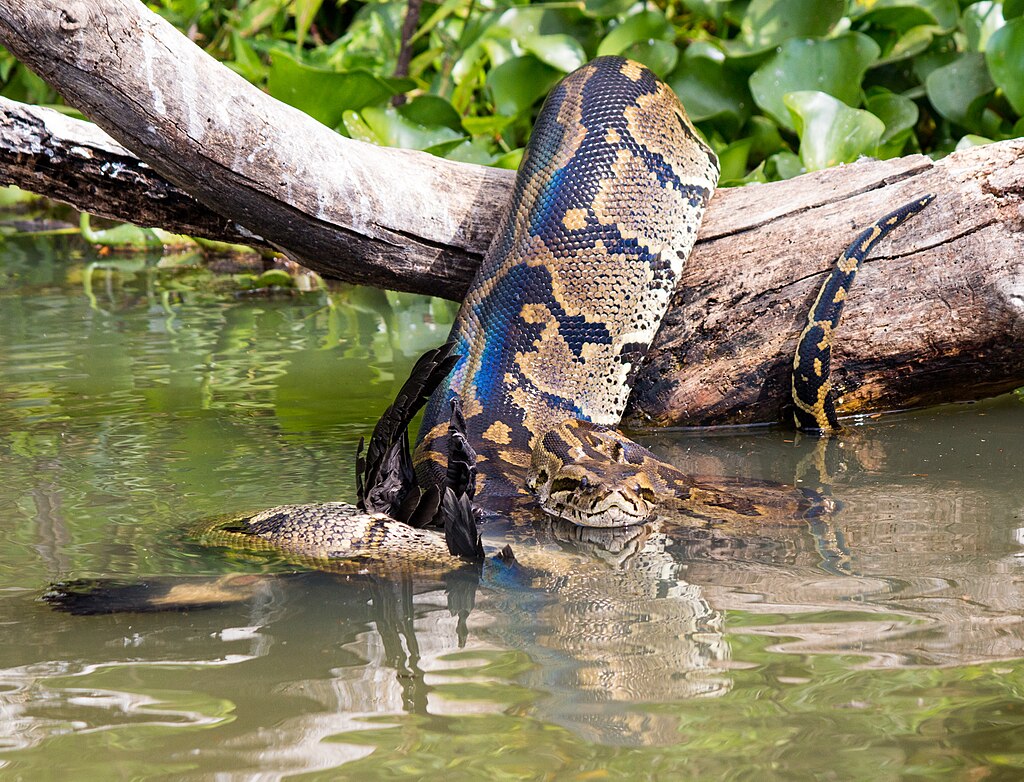
Human activities are increasingly disrupting the finely-tuned reproductive cycles of many snake species worldwide. Habitat fragmentation isolates snake populations, limiting genetic diversity and potentially forcing adaptations in reproductive strategies that may not be optimal. Climate change poses perhaps the greatest threat, altering the seasonal cues that trigger reproduction and potentially creating mismatches between breeding cycles and resource availability. For species with temperature-dependent sex determination, warming temperatures may skew sex ratios dramatically. Pollution presents additional challenges, with endocrine-disrupting compounds in particular showing potential to interfere with the hormonal systems regulating reproduction. Conservation efforts increasingly focus on understanding these impacts, with captive breeding programs for endangered species like the San Francisco garter snake (Thamnophis sirtalis tetrataenia) carefully replicating natural reproductive conditions to maintain genetic diversity and natural reproductive behaviors. Our growing understanding of the diversity of snake reproductive cycles has become essential for effective conservation of these remarkable reptiles.
The Evolutionary Puzzle of Snake Reproduction
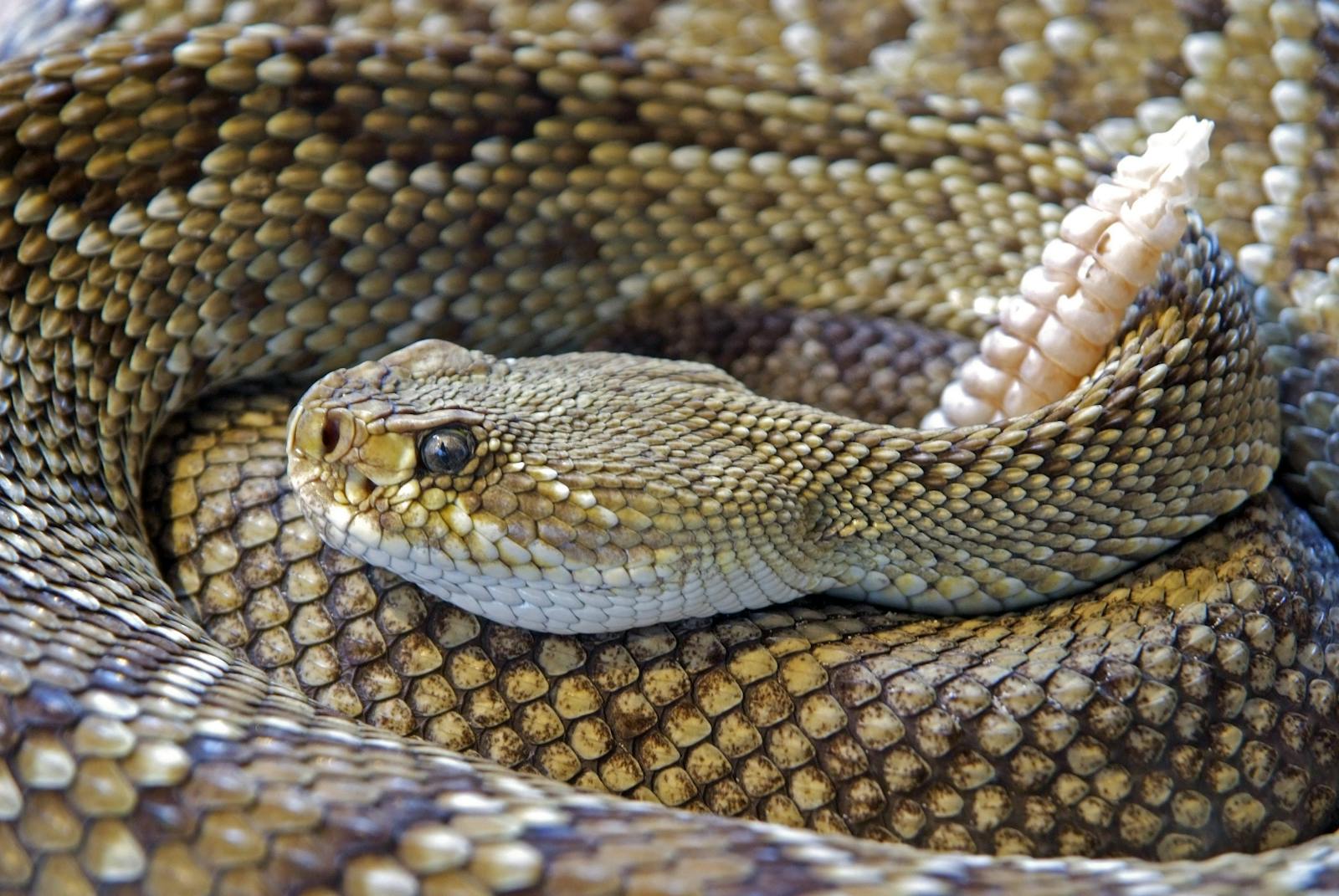
The remarkable diversity of snake reproductive strategies represents one of evolution’s most fascinating puzzles, with each species offering a unique solution shaped by countless generations of natural selection. What makes this diversity particularly intriguing is that no single reproductive strategy proves universally superior—each represents an adaptive response to specific ecological challenges. Viviparity offers clear advantages in cold climates but carries high energetic costs that make it disadvantageous in other contexts. Short reproductive cycles maximize offspring production but may compromise maternal survival in resource-limited environments. The persistence of such diverse strategies demonstrates that reproductive success depends entirely on context—the specific environmental, ecological, and evolutionary history of each species. As climate change and habitat loss increasingly impact snake populations worldwide, the plasticity of these reproductive strategies may prove crucial to their survival, highlighting the importance of understanding and preserving this remarkable diversity of reproductive adaptations.
The extraordinary diversity of snake reproductive cycles demonstrates nature’s remarkable capacity for adaptation. From the fundamental split between egg-laying and live birth to complex variations in timing, frequency, and parental care, each species has evolved a reproductive strategy finely tuned to its specific ecological niche and evolutionary history. These variations aren’t random but represent sophisticated adaptations to environmental challenges, predation pressures, resource availability, and climatic conditions. As habitats worldwide face unprecedented rates of change, understanding these diverse reproductive strategies becomes increasingly important for conservation efforts. The remarkable reproductive diversity of snakes not only fascinates biologists but serves as a powerful reminder of the endless creativity of evolutionary processes, with each species carrying the reproductive legacy of millions of years of adaptation to Earth’s most challenging environments.

